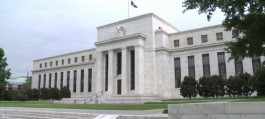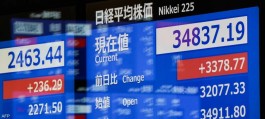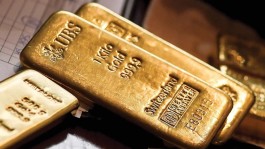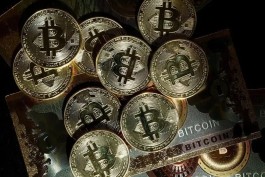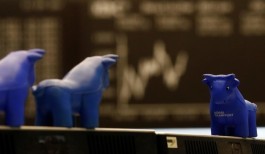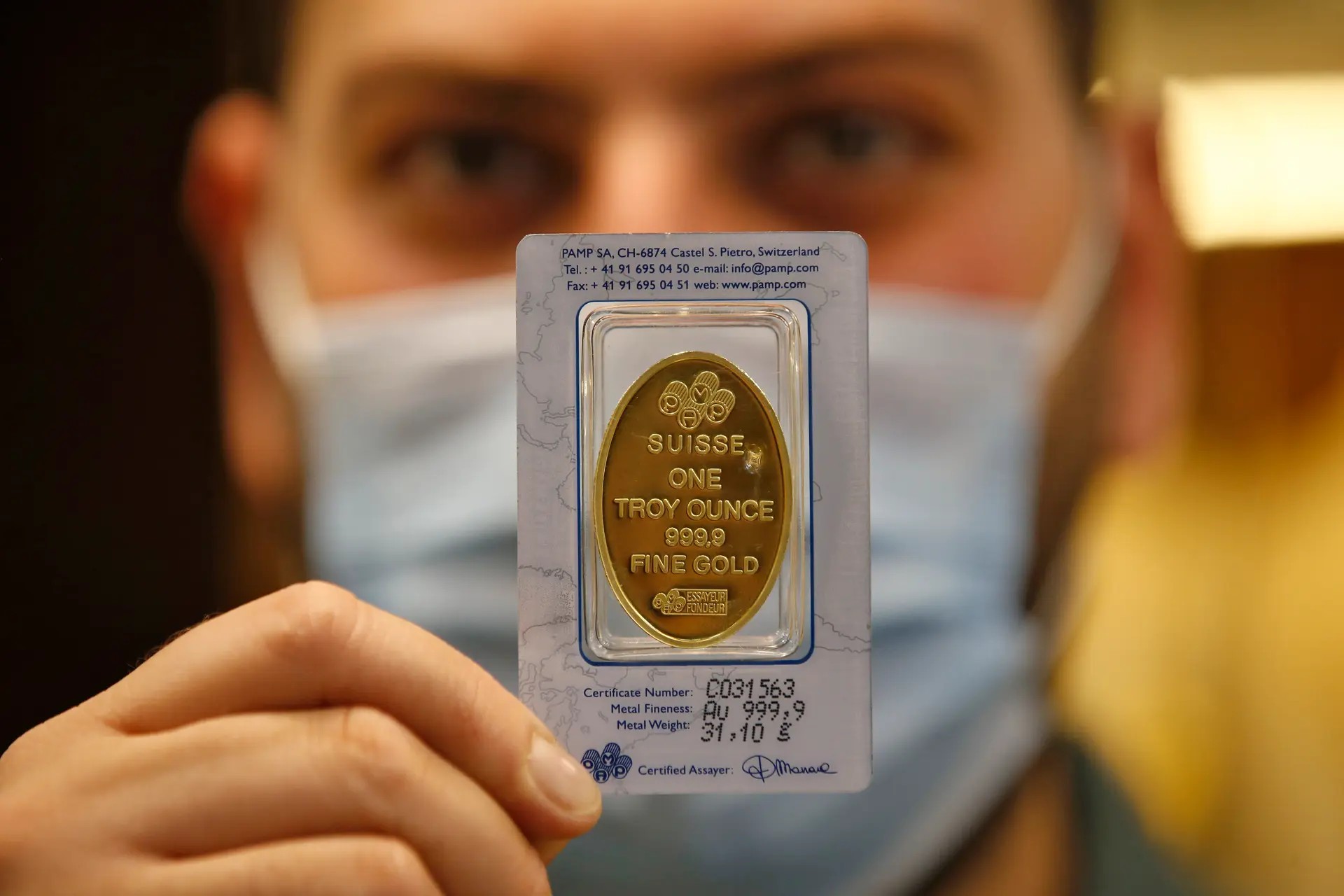Gold prices fell in Asian trading on Tuesday, sticking to a narrow trading range at the $2,300 level, as recent strength in the dollar and expectations of key inflation data kept traders away from the yellow metal.
Metals markets received limited relief from the dollar's overnight decline, as the greenback remained in favour amid uncertainty over US interest rates.
Gold futures fell during the Asian session on Tuesday.
According to the Comex classification of the New York Mercantile Exchange, gold futures for August delivery were trading at USD2,341.50 per ounce at the time of writing, down 0.12%.
It was previously traded at USD2,334.80 per ounce. Gold may find support at USD2329.20 and resistance at USD2382.60.
The dollar index, which measures the performance of the greenback against a basket of six other major currencies, fell 0.08% to trade at USD105.04.
Meanwhile on the Comex, silver for September delivery rose 0.47% to trade at USD29.99 per ounce while copper for September delivery rose 0.74% to trade at USD4.45 per pound.
Gold prices under threat from the Federal Reserve.. Expectations of heavy losses for gold if inflation rises!
The gold market is looking ahead to the latest inflation data with the Personal Consumption Expenditures (PCE) index due out on Friday to end this week.
In a report published last week, commodity analysts at TD Securities wrote that the gold market is vulnerable to a downside in response to expectations and pricing in interest rate cuts by the Federal Reserve. Analysts see near-term downside risks if inflation data comes in higher than expected.
Gold could fall by more than $100 more if inflation gains stall or if U.S. economic data continues to surprise positively, prompting a more hawkish Fed signal.
However, any weakness in the gold market is expected to be short-lived as the Canadian bank sees gold prices eventually heading higher by the end of the year.
Milik added:
More certainty about the timing and size of the Fed’s next rate cuts, which should bring in speculators and ETF investors, should start to put the yellow metal on an upward trajectory again. This, coupled with renewed appetite for physical metals around the world, including long-term strategic buying by central banks, is expected to push the Q1 2025 average price to $2,475 per ounce, with potential for highs as high as $2,700 per ounce.
As investors wait for the Federal Reserve to start a new easing cycle, the global gold market remains well supported as central banks, led by China, continue to buy gold and diversify away from the US dollar.
Currently, the gold market is still trying to find a footing after foreign reserves data from the People's Bank of China showed that it did not buy any gold last month, ending an 18-month shopping streak that caused significant volatility.
Despite the disappointing reserves data, Milik said he expects China is not done buying gold yet.
He added:
China has plenty of room to buy more gold. Even after buying about 8 million troy ounces since 2023, its own gold reserves are still a meager 4.9%. Even a modest increase to 10% of foreign exchange reserves would mean China would need to buy about 70 million troy ounces more. Moving to 25% would increase demand by about 290 million troy ounces.
China is not the only central bank buying gold, Melek added. He expects more countries to diversify away from the U.S. dollar as government debt continues to grow and geopolitical tensions persist.


















